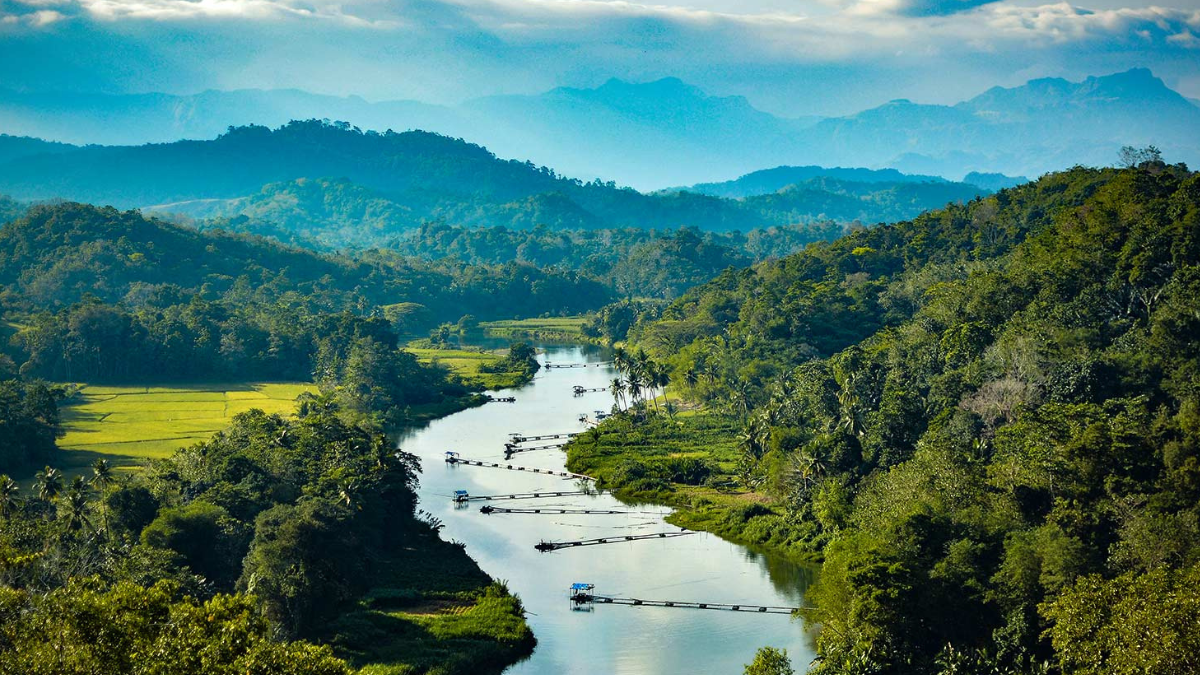The Krishna River, also known as ‘Krishnaveni,’ is India’s fourth-largest river system in terms of water reservoir capacity and the third-largest in terms of discharge. Originating in the Western Ghats, it flows through several states before emptying into the Bay of Bengal. This article explores the various aspects of the Krishna River, including its origin, basin, tributaries, and its significance to the regions it traverses.
Origin and Course of Krishna River
The Krishna River originates from the Western Ghats in Maharashtra. It traverses through seven Indian states, including Maharashtra, Karnataka, Telangana, Andhra Pradesh, Odisha, and West Bengal, before finally emptying into the Bay of Bengal.
Length of the Krishna River
The Krishna River spans approximately 1,400 kilometers, making it one of the longest rivers in India. Originating from the Mahabaleshwar range in Maharashtra, it traverses through the states of Karnataka, Telangana, and Andhra Pradesh before emptying into the Bay of Bengal at Krishnapatnam. This extensive length underscores its vital role in agriculture, hydroelectric power, and regional ecosystems.
Dams and Reservoirs
Several dams and reservoirs have been constructed along the Krishna River to harness its water resources for irrigation, drinking water, and hydroelectric power. Notable among them are:
- Srisailam Dam
- Nagarjuna Sagar Dam
- Almatti Dam
- Koyna Dam
- Tungabhadra Dam
Tributaries of the Krishna River
The Krishna River has a vast network of tributaries, enhancing its water volume and catchment area. Major tributaries include:
- Tungabhadra
- Koyna
- Bhima
- Ghataprabha
- Malaprabha
These tributaries drain an extensive catchment area of about 580,000 square kilometers, making the Krishna River system one of the most significant in India.
Importance of the Krishna River
The Krishna River is a lifeline for millions of people in South India. It supports agriculture, provides drinking water, and sustains biodiversity. Key cities like Guntur, Vijayawada, and Bellary in Andhra Pradesh rely on the river for their water needs.




 Which Indian City is Known as the Footwe...
Which Indian City is Known as the Footwe...
 Which Desert is known as the Cold Desert...
Which Desert is known as the Cold Desert...
 Top-10 News Media Companies in the World...
Top-10 News Media Companies in the World...







